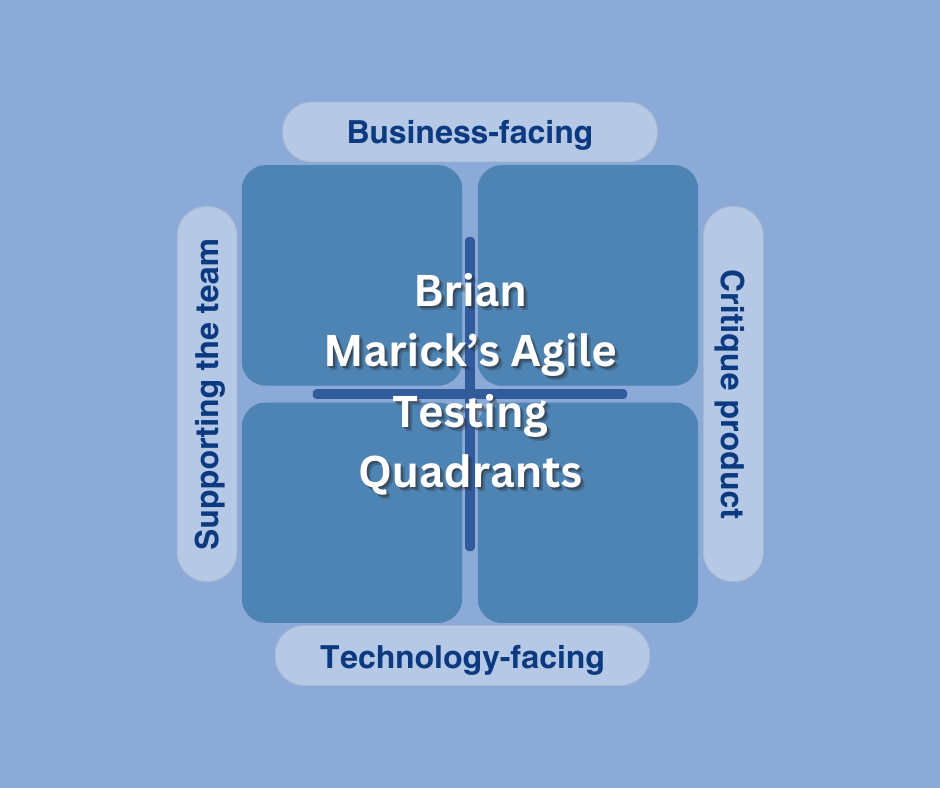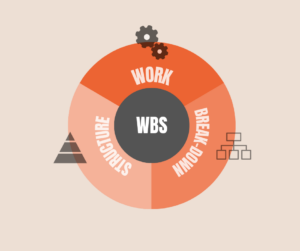Agile testing is a critical component of modern software development, guaranteeing that solutions fulfill technical and commercial requirements in a fast-paced, iterative setting. Brian Marick’s Testing Quadrants is a major Agile testing framework. Introduced as a method of organizing and strategizing testing, this notion assists testers in making informed decisions throughout the Software Development Lifecycle (SDLC). The testing quadrants give a visual framework for dividing the Software Testing Lifecycle (STLC) into four quadrants, each stressing a particular component of testing across the SDLC.
The Quadrants are organized as follows:
- Technology-facing tests that support the team
- Business-facing tests that support the team
- Business-facing tests that critique the product
- Technology-facing tests that critique the product
In this guide, we will delve into each quadrant, exploring their purpose, typical activities, and Optimal Techniques for implementation.
Quadrant 1: Technology-facing tests that support the team
Purpose
This quadrant focuses on tests that assist the development team in writing code that works as intended. These tests are primarily automated and designed to verify the basic functionality of the code at a unit level. The goal is to provide quick feedback to developers and ensure that code changes do not introduce new defects.
Key Activities
Unit Testing, Component Testing
The Key activities for this Quadrants Ensure that each component or function works properly. For example, you may test a function that calculates the sum of two integers to ensure it delivers the proper value. The goal is to validate the interaction of many units or components. For example, testing a user authentication module that connects to a database.
Optimal Techniques
Automate Tests: Focus on creating a comprehensive suite of automated tests that can be executed frequently and consistently.
Test Early and Often: Integrate testing early in the development process to catch defects as soon as possible.
Maintain Test Suites: Regularly update and maintain test suites to adapt to changes in the codebase.
Quadrant 2: Business-facing tests that support the team
Purpose
The second quadrant is dedicated to tests that verify the system’s functionality from a business perspective. These tests ensure that the software meets the requirements and expectations of the stakeholders and end-users. They are often manual or semi-automated and focus on the application’s behavior in realistic scenarios.
Key Activities
Functional Testing, Story Testing, Prototyping and Simulations
The essential activities include ensuring that the software accomplishes the necessary business tasks. For example, test an e-commerce checkout process to ensure that total prices are calculated accurately. Also Testing user stories to verify they provide the expected business value. For example, test a user narrative that allows users to filter goods based on price range. Creates early software versions to evaluate concepts and solicit input from stakeholders.
Optimal Techniques
Collaborate with Stakeholders: Work closely with business analysts and stakeholders to understand requirements and expectations.
Prioritize User Experience: Focus on the user experience and ensure the software is intuitive and meets business needs.
Adopt a User-Centric Approach: Create test scenarios that reflect real-world usage to ensure the software is practical and effective.
Quadrant 3: Business-facing tests that critique the product
Purpose
This quadrant involves tests that evaluate the product from a critical perspective, focusing on business value, usability, and customer satisfaction. These tests help identify gaps, inconsistencies, and areas for improvement from an end-user’s perspective.
Key Activities
Exploratory Testing, Usability Testing, User Acceptance Testing (UAT)
Main Operations include the use of unscripted testing to identify flaws and unexpected behavior. For example, test a mobile app to identify usability faults and inconsistencies. To evaluate the product’s usability and overall user experience. This might involve evaluating a web application to ensure that it is usable and intuitive. It also includes ensuring that the software fulfills business needs and is ready for deployment. For example, test a new feature to ensure it meets user wants and corporate objectives.
Optimal Techniques
Focus on Real Users: Involve real users in testing to gather authentic feedback and identify usability issues.
Encourage Exploration: Allow testers to explore the software freely to uncover unexpected problems and areas for improvement.
Document Findings: Record and analyze feedback to prioritize fixes and enhancements based on user needs.
Quadrant 4: Technology-facing tests that critique the product
Purpose
The fourth quadrant emphasizes tests that assess the product from a technical perspective, focusing on aspects such as performance, security, and scalability. These tests are critical for ensuring the product’s robustness and reliability in various environments.
Key Activities
Performance Testing, Security Testing, Load Testing.
The primary steps include measuring the software’s performance under diverse situations, such as varying loads and stress levels. For example, assessing a website’s response time during peak demand. Also, identify vulnerabilities and verify that the program is protected against possible attacks. This may include testing for typical security vulnerabilities such as SQL injection.It is also necessary to test the software’s capacity to manage a specific number of concurrent users or transactions. For example, to evaluate a system’s scalability, simulate numerous people accessing it concurrently.
Optimal Techniques
Simulate Real-World Scenarios: Create realistic test scenarios to evaluate the software’s performance and security under expected conditions.
Automate Testing Where Possible: Use automated tools to conduct repetitive and complex tests, such as load and security testing.
Focus on Continuous Improvement: Regularly review and refine testing strategies to address new challenges and evolving technical requirements.
Conclusion
Brian Marick’s Testing Quadrants offer an organized approach to Agile testing, allowing teams to cover all elements of software quality thoroughly. Teams can guarantee that software is not only functional and dependable, but also aligned with user expectations and business goals, by balancing technology- and business-facing testing.
To properly implement these quadrants, teamwork, ongoing feedback, and a dedication to quality are required at all stages of development. As Agile processes expand, knowing and mastering these testing quadrants will be critical for producing high-quality software in today’s dynamic development environment.



